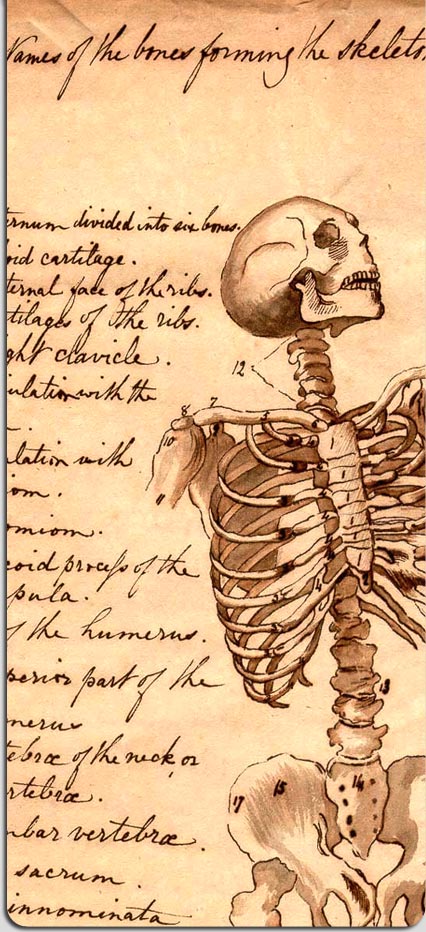Now It’s 45 Million
The Census released its latest findings on the number of uninsured in the US this year. We’ve gained (at least) another 1.4 million, making out grand total 45 million ! ==USA! U! S! A!==
The Bush Administration says they’ve got a great new plan to get health care to Americans (nowhere in the press release does it actually say what their plan is, besides listing a couple ideas, none of which will make a dent in the uninsured). But let’s just go through these points (my commentary in itals. This is going to be fun):
* Community health centers – Three million more Americans have access to health care as a result of the President’s five-year plan to fund 1,200 new and expanded health center sites to serve an additional 6.1 million people by 2006. These health centers provide direct medical care, particularly for lower-income and uninsured Americans. The community health center where I work is seeing 20 new patients a day, very few of which have health insurance (no, not even Medicaid), and is already swamped. It does a great job, without a doubt, but the funding of the current community clinics is already too low. Oh, don’t forget, drug manufacturers are also overcharing our community health centers .
* Medicaid and State Children’s Health Insurance Program – HHS has helped states extend coverage to an estimated 2.6 low-income Americans by granting states waivers and approving state plan amendments to these programs. Overall, under the President’s leadership, SCHIP enrollment has hit an all-time high of 5.8 million children in 2003, up 1.2 million since 2001. And the program has the potential to cover even more children. You can take credit for “helping kids get enrolled in CHIP,” or you can look at it another way: 1.2 million more kids have enrolled in CHIP because their parents lost their jobs (1.8 million lost since Bush was President?), or never had jobs that provided health insurance in the first place. Back with George was Governor of Texas, he set Texas’s enrollment levels at 150% of poverty , which kicked 200,000 kids out of the program. Texas already had the second lowest number of kids with health insurance at the time.
* High-Risk Pools – In 2003, HHS provided states with $23 million in grants to help 18 states create these high-risk pools that provide coverage for people too sick to afford conventional insurance. What a fun one. Now, even though this money went toward creating these “risk pools that provide coverage,” you really can’t get very far with $23 million. We pay, on average, more than $4800 per person for health insurance in this country . $23 million / $4800 per person equals… wait for it… a whopping 4,791 extra people covered in 2003! You just helped .01% of the total uninsured!
* Medicare – More than 4 million seniors are saving with Medicare prescription drug cards for the first time. In 2006, more than 40 million seniors will have access to prescription drug coverage for the first time under Medicare. There’s plenty written on how terrible the new Medicare law is.
* Health Savings Accounts – The new Medicare law establishes these flexible, affordable accounts. Americans who set up Health Savings Accounts along with the purchase of a high-cost, high-premium, high-deductible health care plan can save tax-free money to pay routine medical expenses and future health care costs. President Bush has proposed allowing individuals who establish an account to also deduct the premiums they pay for their high-deductible policies. I forgot that 65% of uninsured people live on incomes below 200% of the federal poverty guideline, so they clearly have money to put away in a tax-free health savings account.
* Hospital Discounts – The Bush Administration also is investing nearly $25 billion annually to help hospitals bear the cost of the poor and uninsured, while making it clear to these hospitals that they can, and should, provide discounted care to the uninsured or underinsured. I really know nothing about this one, but to say that I don’t think any other president hasn’t given money to hospitals to help keep them open.
* Lower Drug Prices – The Department introduced new regulatory processes that will help get low-cost generic alternatives to consumers more quickly. This initiative is estimated to save Americans as much as $35 billion over the next 10 years. Oh, the administration reduced the patent life on new drugs? Generics can’t be distributed until the drug’s patent runs out, which lasts for at least 20 years. So unless they’ve done something about that, generics won’t be getting there much faster at all. How misleading.
And what’s this? Economist Paul Krugman finally comes out in support for single-payer ?
